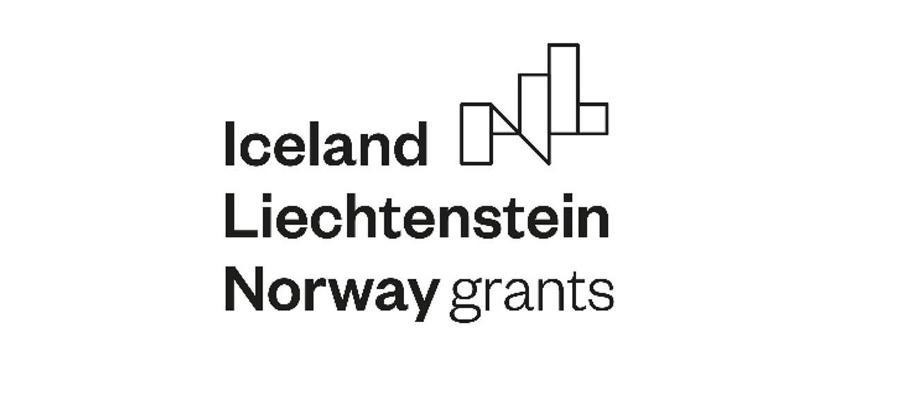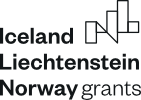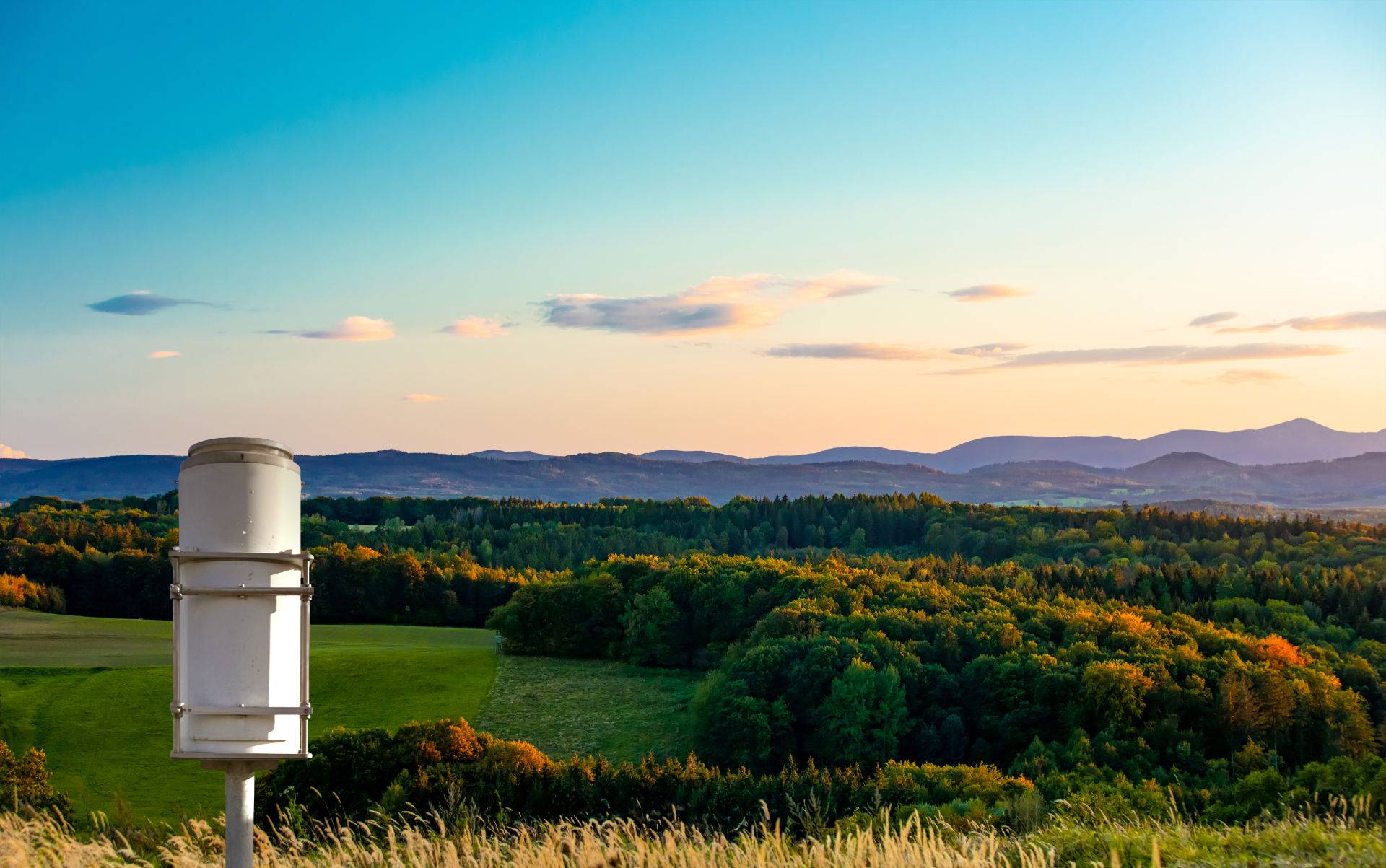From 27 June to 1 July 2022, employees of the Chief Inspectorate of Environmental Protection visited the Norwegian Institute for Air Research (NILU). The study visit was part of the implementation of the project entitled “Strengthening of atmospheric deposition assessment in Poland based on Norwegian experience” under the Environment, Energy and Climate Change Programme, Climate Change Mitigation and Adaptation sub-programme, funded by the European Economic Area Financial Mechanism 2014-2021. The purpose of the study visit was to learn about the functioning of the atmospheric deposition measurement and assessment system in Norway, with a particular focus on the quality assurance and quality control (QA/QC) system for deposition measurements and the modelling of precipitation chemistry for their assessment.
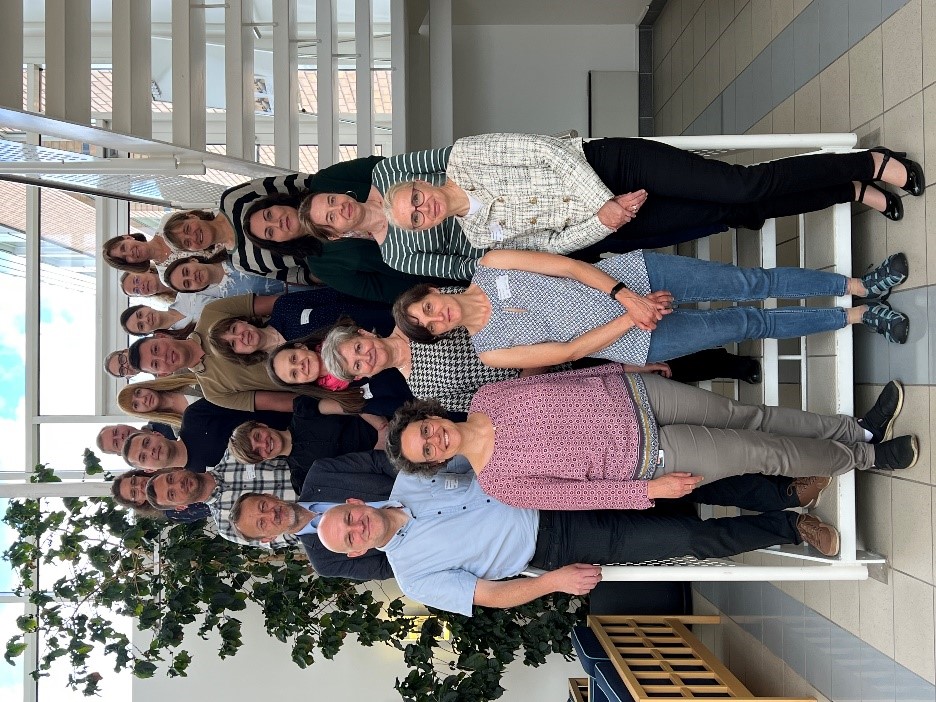
Photo 1. CIEP staff with NILU representatives during the first day of the visit to the main office of the Norwegian Institute for Air Research in Kjeller.
Participants of the visit were welcomed by the NILU Deputy Managing Director Ole-Anders Braathen, who presented the scientific activities of the Institute. The role of host was then assumed by Cristina Guerreiro, Research Director at the Environmental Impacts and Sustainability Department at NILU, who is also the project manager on the Norwegian side. Barbara Toczko, Deputy Director of the Department of Environmental Monitoring of the Chief Inspectorate of Environmental Protection (CIEP), project manager on the Polish side, presented information on the activities carried out under the project. Agata Chełstowska (CIEP) presented the concept of modernisation and optimisation of deposition measurements in Poland, proposing the location of measurement points for precipitation chemistry monitoring in Poland and the scope of measurements made at individual stations. The presentation provided a starting point for discussing the final shape of the measurement network with the Norwegian partner.
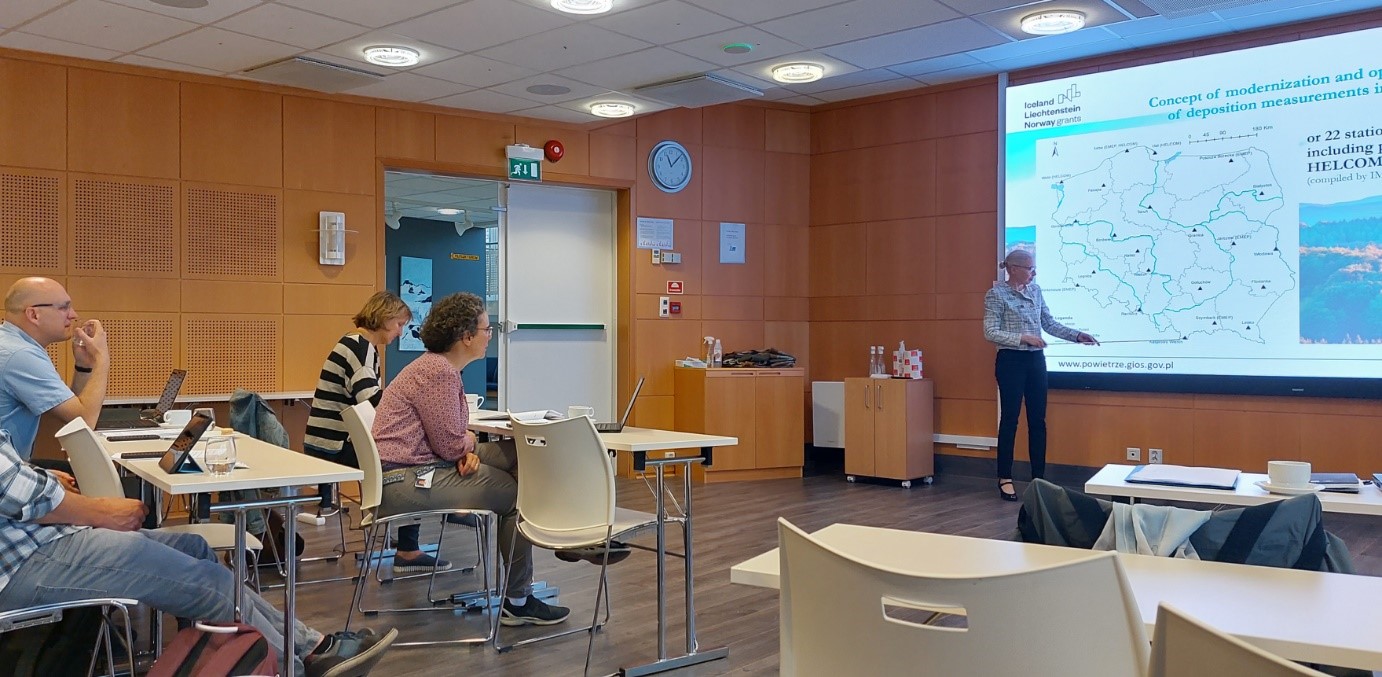
Photo 2. Discussion at the end of the panel on the deposition measurement network in Poland
Tove Svendby (NILU) then gave an overview of the EMEP Chemistry Transport Model (CTM), and Joana Soares (NILU) presented the methods used at NILU to model the spatial distribution of heavy metals and POPs concentrations. Ewa Palma (CIEP) discussed assumptions for the development of guidelines for performing atmospheric deposition assessments, including a proposed approach to the selection of a deposition assessment method. The panel on modelling concluded with a discussion aimed at selection of the best model to use for the project.
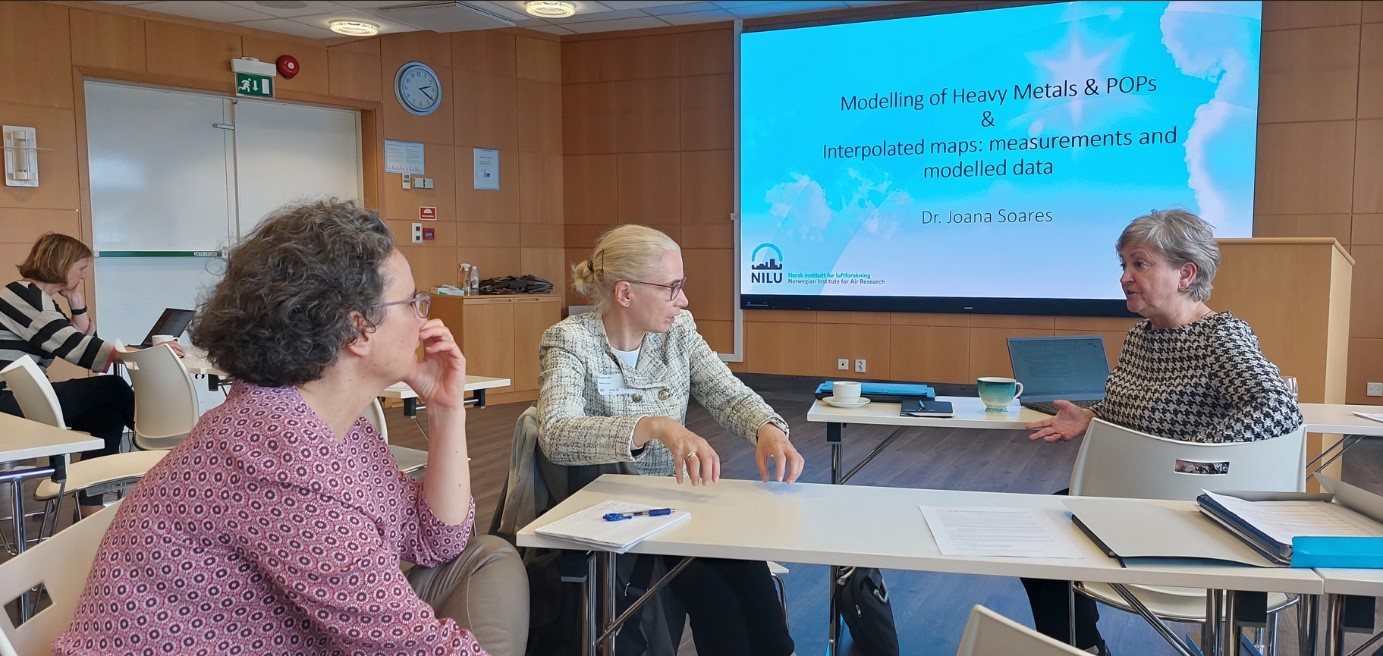
Photo 3. Discussion at the end of the panel on modelling, from left: Cristina Guerreiro (NILU), Barbara Toczko (GIOŚ), Leonor Tarrason (NILU)
The second day was opened by representatives of the Central Research Laboratory and the National Reference Laboratory for Air Quality of the Chief Inspectorate of Environmental Protection – Katarzyna Bobek and Tomasz Frączkowski, who discussed the current assumptions for the concept for development of a quality assurance/quality control (QA/QC) system for deposition measurements. Afterwards, Helene L. Halvorsen (NILU) delivered a presentation entitled „Quality assurance of precipitation measurements in Norway”, and Erik Andresen (NILU) presented the laboratory information management system – LIMS. The meeting participants then visited the NILU laboratory, discussing the equipment used there in terms of its role in the precipitation analysis system.
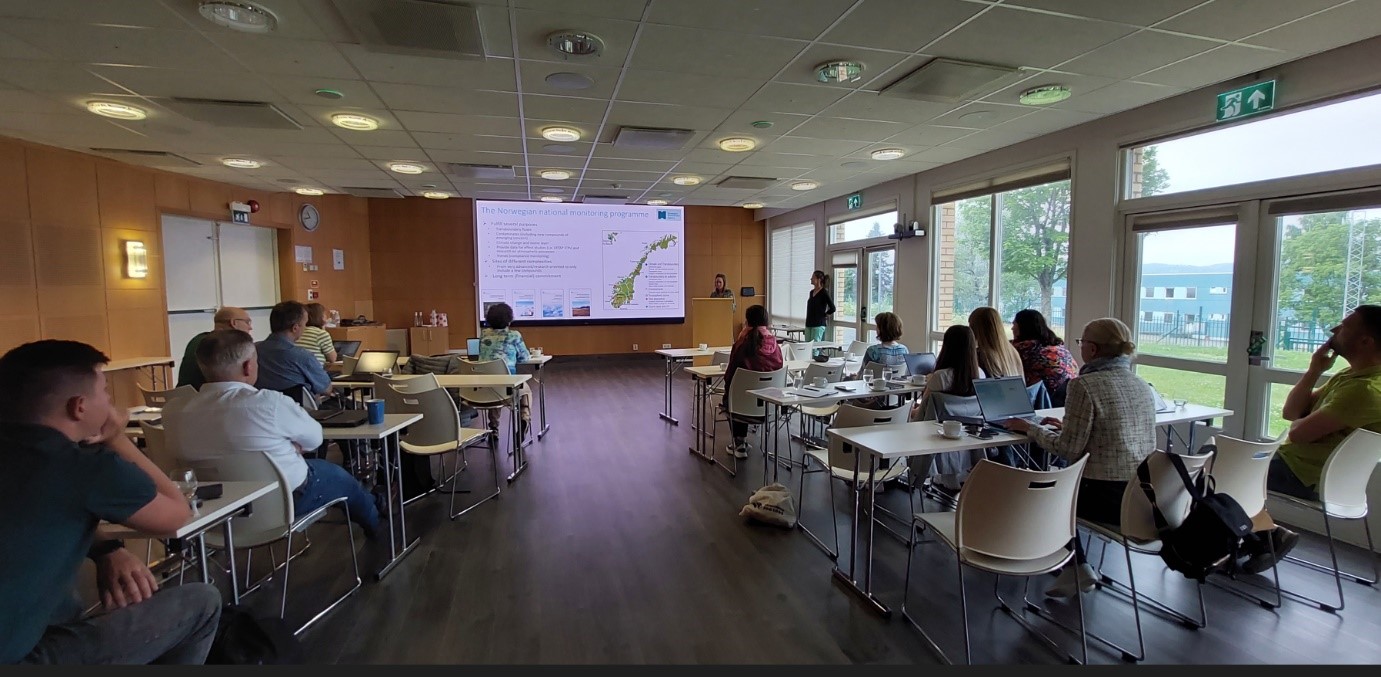
Photo 4. NILU presentation on quality assurance of precipitation measurements in Norway
On the third day, participants visited the comprehensive air quality monitoring station in Birkenes belonging to the EMEP network, familiarising themselves with the measuring equipment in operation there, including the devices for deposition measurements.
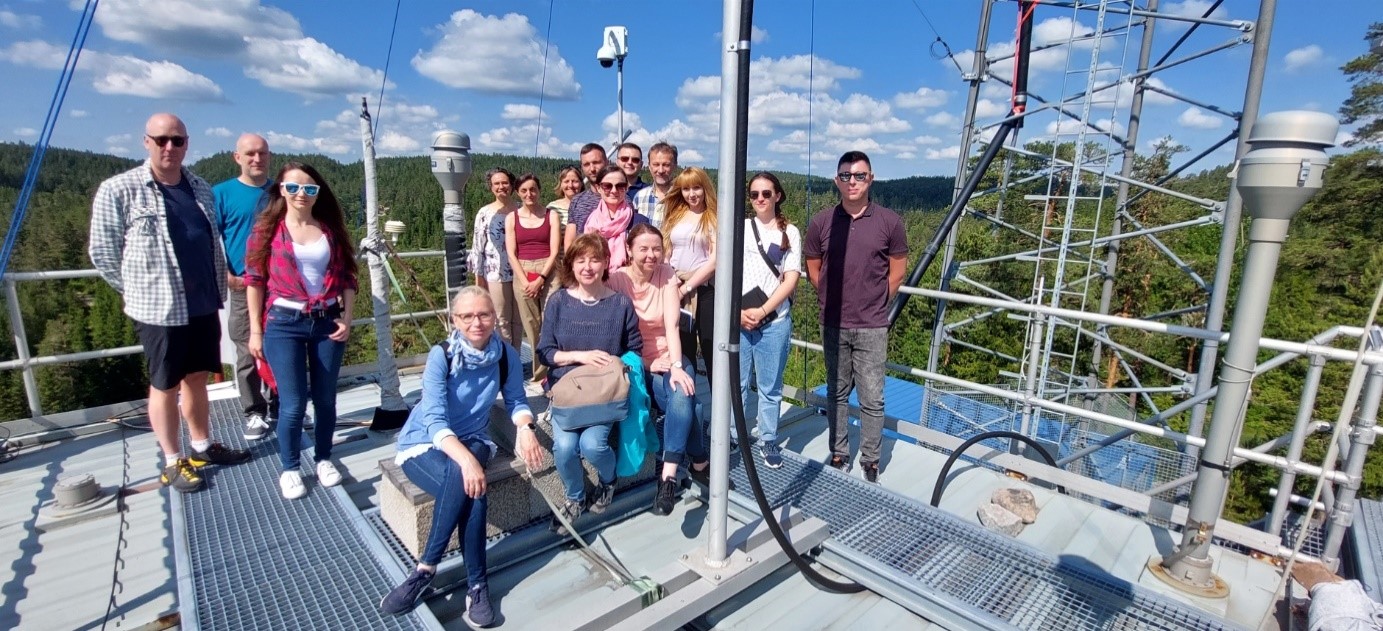
Photo 5. CIEP and NILU staff at the air quality monitoring station in Birkenes
Information about the visit of representatives of the Chief Inspectorate of Environmental Protection to the Norwegian Institute for Air Research has also been posted on the Norwegian partner's website.
The visit to the Norwegian Air Research Institute enabled an effective exchange of experience on atmospheric deposition measurements and assessments, and the conclusions of the discussions and information gained during the study visit will form the basis for further actions under the project.
